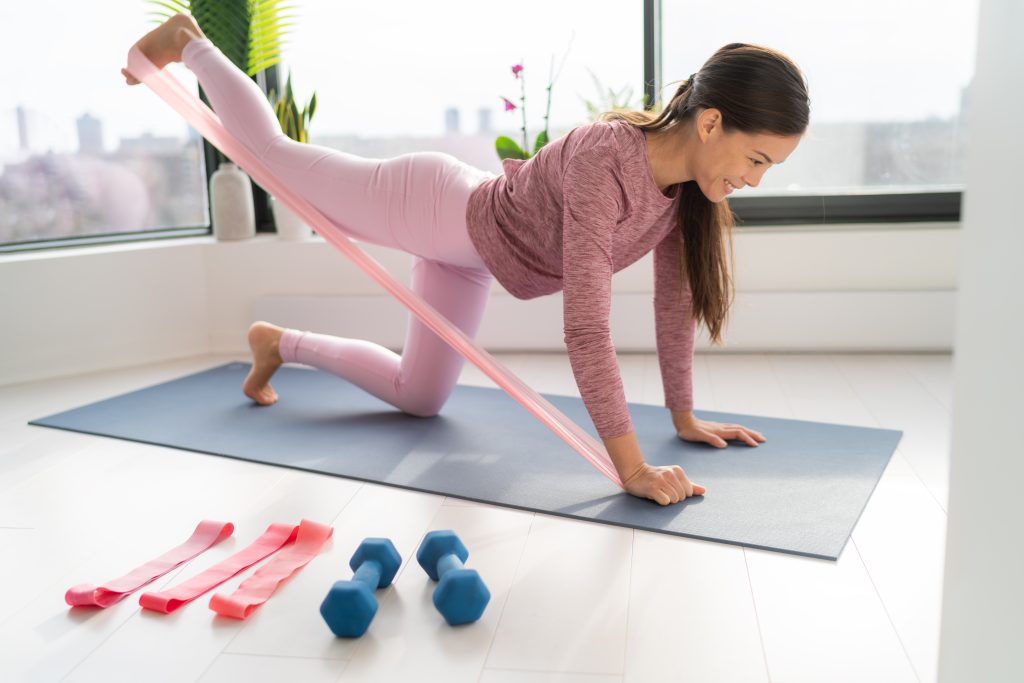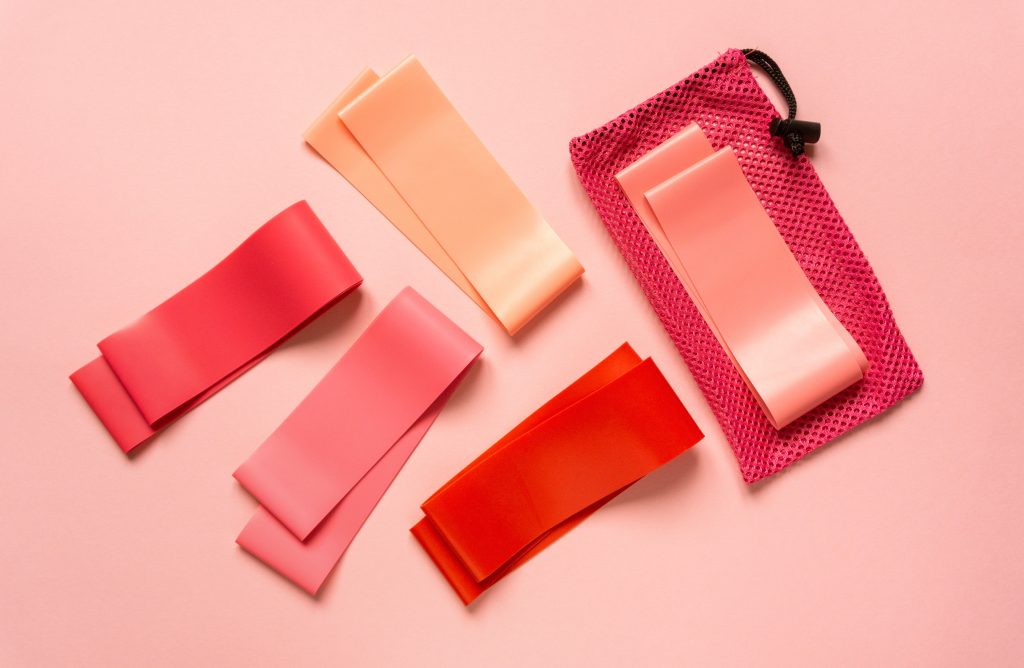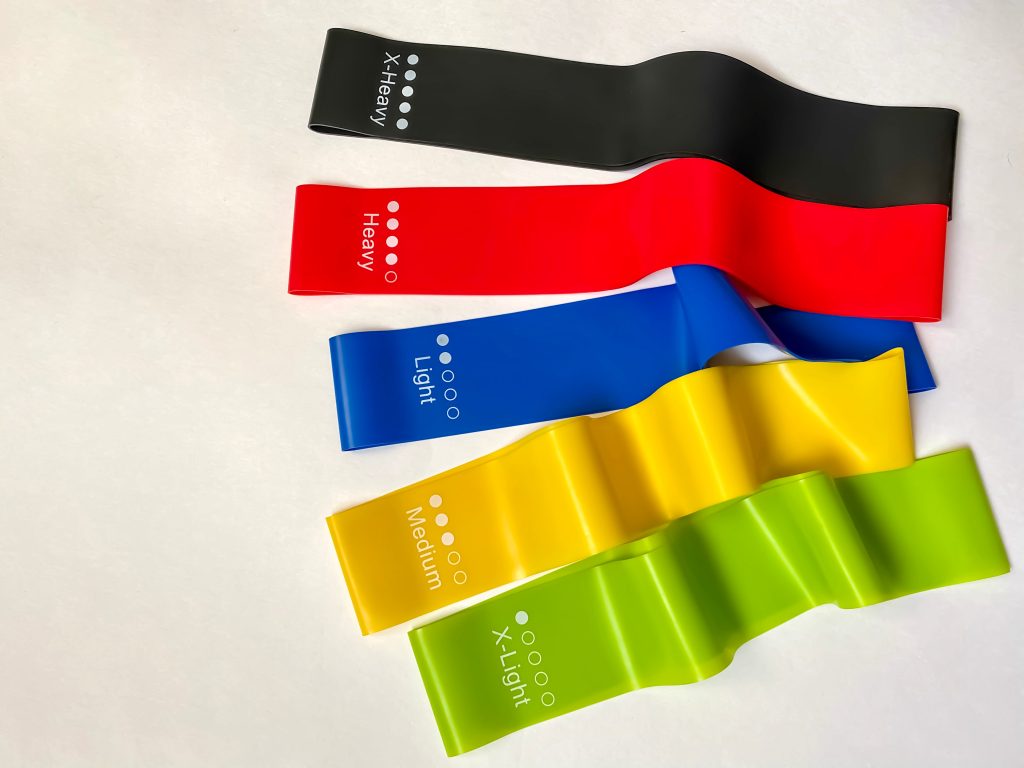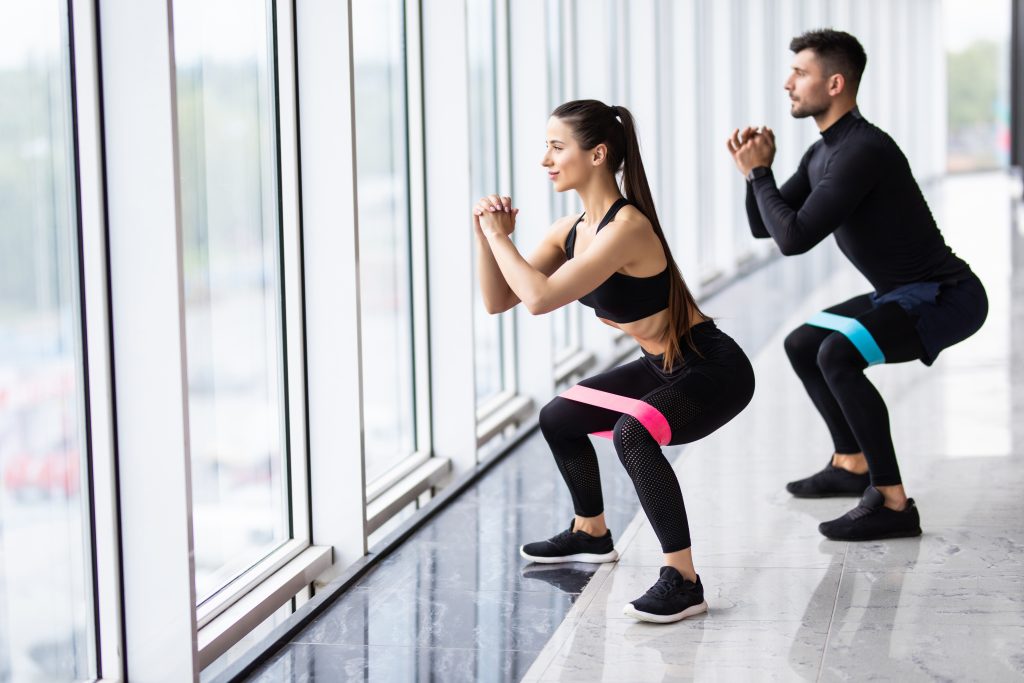
Resistance bands have been around for decades to increase strength and flexibility. Thanks to their versatility, people are incorporating them into their workouts. This post will explore how resistance bands work. And how they benefit physical therapy. We’ll break it down and see what they can do
History Of Resistance Bands
In the early 1900s, medical tubing was cut into pieces and used as a resistance band. Their popularity outside therapy clinics soared as their convenience and affordability made them very popular. Before 1990, people primarily used bands for rehabilitation.
In 1976, The Hygenic Corporation of Ohio produced ” Thera-Band ” resistance bands. Today, a lot of other companies make elastic bands.
What Is A Resistance Band?

A resistance band is an elastic tubing used for stretching and strengthening exercises. They’re at most gyms, and they’re also available online. Resistance bands are often called elastic bands, stretch bands, or exercise bands.
Different resistance bands provide levels of tension based on their thickness and the material they consist of. Higher tension levels mean a more powerful pull.
Types Of Resistance Bands
Bands come in different colors, shapes, sizes, handles, and looped vs. non-looped styles.
- As the name implies, therapy bands are often used for rehabilitation. They don’t have handles and are gentle on the body. The surface is flat instead of tubular.
- A compact resistance band is a long tube with two handles on each end. It’s also known as a “fit tube” resistance band and can be used to train the upper body, arms, and legs.
- Fit loop bands, like therapy bands, have a flat surface, unlike tubular surfaces. They make continuous loops to strengthen lower body parts, like legs, hips, and buttocks.
- Figure 8 bands have two handles and a tube. They are great for developing upper body strength, especially in the arms. Figure 8 bands have a short length and double handles, perfect for developing upper body strength.
- In a ring resistance band, two handles connect to either side of a small, single ring. These bands require different exercises for working the lower body.
- A lateral resistance band doesn’t have handles but velcro cuffs on either end. They help you train the lower body, mainly your hips and thighs.
- A pull-up band aids people in completing pull-ups. Even experienced athletes may struggle with this exercise. You can’t build your muscle groups if you cannot do one pull-up.
What Does The Resistance Bands Thickness Mean?
Increasing the resistance level makes the band color darker sometimes. Extra thin, thin, medium, heavy, extra heavy, super heavy, special heavy, and max is the least to most resistance levels. As you get stronger, you’ll start with a lower resistance level (usually yellow) and progress to a higher resistance level (black, silver). Your therapist picks your starting color or thickness, and you’ll move up to a higher resistance level as you get stronger.

Uses And Benefits Of Resistance Bands

It’s easy to use, lightweight, and portable. In addition to being cheap, you can use them for many different things. You can use them to rehabilitate injuries or restore strength and flexibility.
In the same way, weight training increases muscle strength, endurance, and flexibility. It improves athletic performance. Increased activity burns calories. When combined with good nutrition, it helps you lose weight. Better strength makes you better at your regular daily activities. Balance and agility improve with stronger muscles.
Conclusion
The resistance band can increase your strength and flexibility without using weights. This is great for people who are afraid of injury or want a more natural approach to exercise. With the proper setup, you can work out in your home without worrying about taking up space since they are so portable. If you are looking to get some bands for yourself, check out our products below!
A Note From Gulf Physio
We hope you’ve enjoyed learning about the subject matter above. This blog post is not a substitute for medical advice. The author cannot guarantee the accuracy of the information presented. If you have any questions or concerns, please consult a healthcare professional. All decisions and actions you make are your own. No one involved in making this resource is liable for its use.



